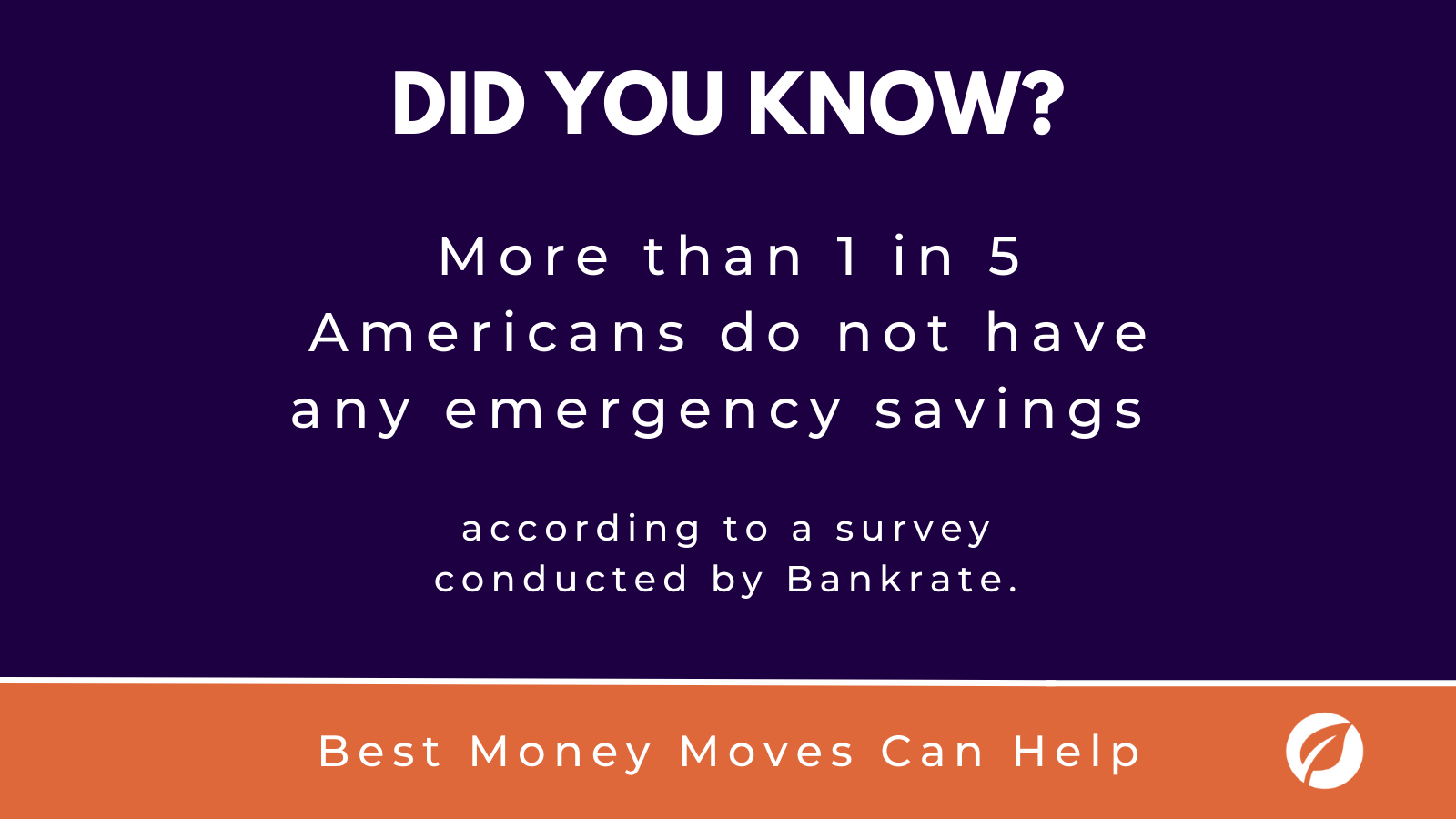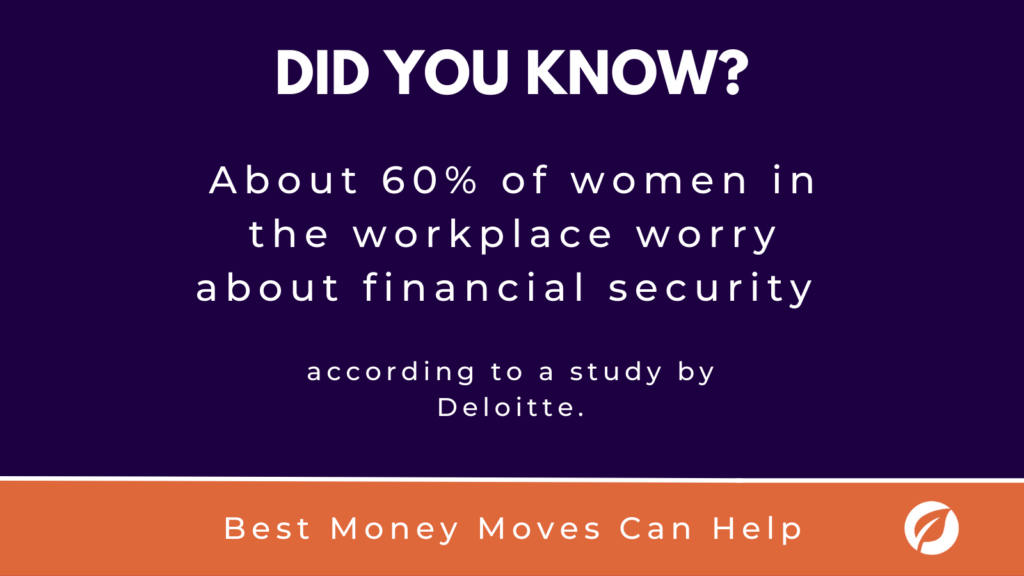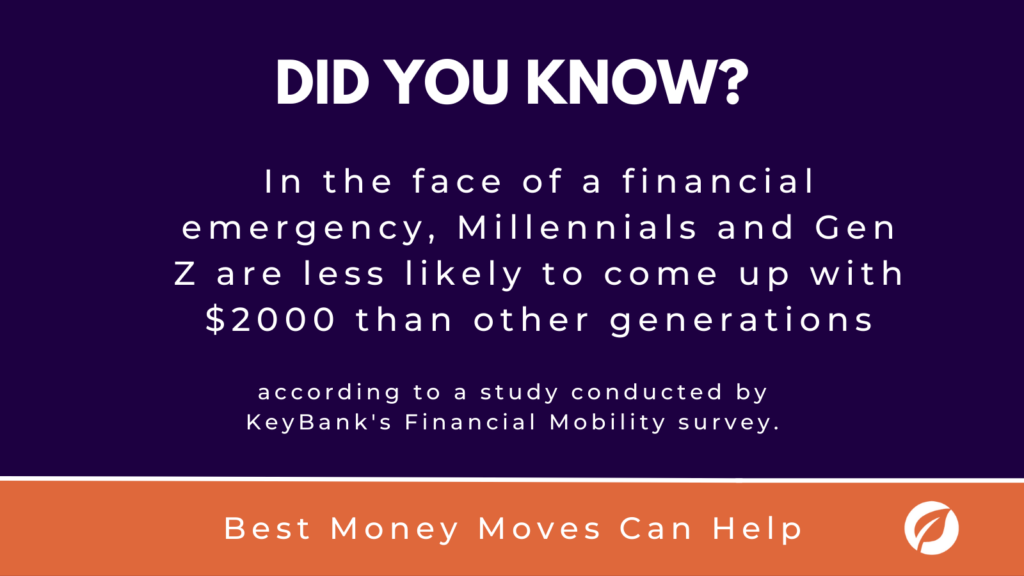
3 Ways to Maximize Your Financial Wellness Benefits
Today, almost 35% of companies have financial wellness offerings for their employees, up from 25% in 2020, according to the Employee Benefit Research Institute (EBRI). Financial wellness benefits help companies help reduce attrition, attract top talent and improve the overall wellbeing of their employees.
Whether your team already offers financial wellness tools or is looking to build a new plan these three strategies can help maximize your benefits.
1. Supplement online tools with live, 1:1 financial guidance.
Every employee’s financial situation is unique — with a financial advisor, employees can talk through any issues they’re facing and receive personally tailored support. For some employees, live money coaching is an easier, less intimidating avenue to receive financial support than engaging with self-guided online tools. Working with an advisor can offer a more accessible avenue for receiving financial advice.
It’s also a good idea to contract financial advisors outside of your employees’ retirement plan. Of the employers that offer financial advising, 65% of them offer this benefit through their retirement representative, according to EBRI’s report.
While retirement providers are often a source for financial advice, they are not the preferred source for financial advice among employees. According to PWC’s 2023 report, employees of all ages say they’d prefer and trust an objective financial advisor not tied to financial products or their company retirement plan. Look for advisors who can provide objective, personalized guidance across a range of financial topics.
2. Shift toward a holistic financial wellness benefits.
Employees across different demographics suffer from different pain points. Instead of simply offering one aspect of financial wellness, like a retirement plan or student loan support, a holistic program packages multiple offerings together. Tools such as budgeting aids and loan calculators can help boost employees’ overall financial wellness and are helpful across a wide spectrum of financial situations.
For companies unsure of where to begin with building a holistic financial wellness program, start by bundling together financial wellness benefits that are beneficial for your specific workforce. Consider: What are the main financial issues, stressors, or insecurities that your employees face? What tools and/or resources can help employees face these issues head-on?
Even if you already offer a holistic financial wellness program, companies are continuously innovating their financial wellness offerings, so it’s important to look for a program that provides new materials and tools over time. In fact, 79% of the companies currently offering financial wellness initiatives said they were encompassing more benefits, according to EBRI’s report.
3. Provide savings tools to help employees build funds for a rainy day.
While there are many forms of emergency fund or employee hardship benefits, many of the existing options rely on already-available money sources — the most common emergency fund benefit offered is withdrawals from after-tax retirement, followed by employee relief/compassion funds. The least commonly offered emergency fund benefit is rainy day funds.
However, rainy day funds allow employees to prepare for short-term emergencies without obstructing their monthly budget and finances. Today, more than 1 in 5 Americans do not have any emergency savings and cannot afford a $1000 emergency, according to a Bankrate 2023 survey. By helping employees build designated emergency savings, employers can help employees boost their financial wellness, and avoid going into debt or dipping into their retirement accounts.
Maximize your financial wellness benefits with Best Money Moves.
Best Money Moves is a mobile-first financial wellness solution designed to help dial down employees’ most top-of-mind financial stresses. As an easy-to-use financial well-being solution, Best Money Moves offers comprehensive support toward any money-related goal. With 1:1 money coaching, budgeting tools and other resources, our AI platform is designed to help improve employee financial well-being.
Whether it be retirement planning or securing a mortgage, Best Money Moves can guide employees through the most difficult financial times and topics. We have robust benefits options for employers, regardless of their benefits budget.
Our dedicated resources, partner offerings and 700+ article library make Best Money Moves a leading benefit in bettering employee financial wellness.
To learn more about Best Money Moves Financial Wellness Platform, let’s schedule a call. Contact us and we’ll reach out to you soon.









